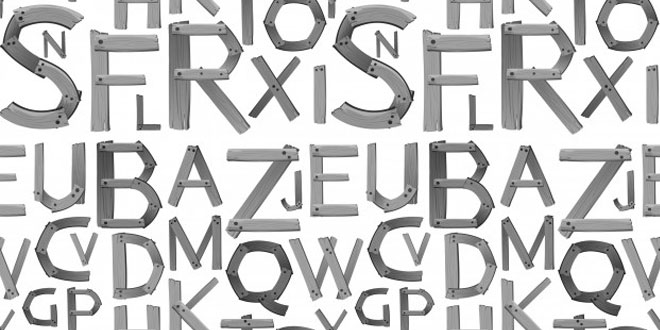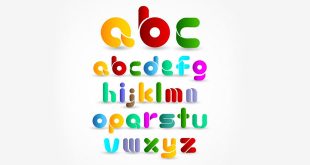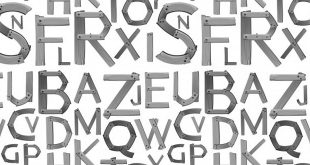Examples Of Imagery
Visual Imagery:
This the most frequent type of imagery used to recreate a certain image.
- The crimson liquid spilled from the neck of the white dove, staining and matting its pure, white feathers.
- The shadows crisscrossed the rug while my cat stretched languidly in one of the patches of sun.
- For the life of him, he couldn’t figure why these East Enders called themselves black. He kept looking and looking, and the colors he found were gingersnap and light fudge and dark fudge and acorn and butter rum and cinnamon and burnt orange. But never licorice, which, to him, was real black. (excerpt from Maniac Magee)
Auditory Imagery:
Auditory imagery is the mental representation of any sound and it is vital in imagining and feeling a situation.
- “….Which has its sounds, familiar, like the roar Of trees and crack of branches, common things, But nothing so like beating on a box” (From ‘An Old Mans Winter Night’ by Robert Frost)
- “At the next table a woman stuck her nose in a novel; a college kid pecked at a laptop. Overlaying all this, a soundtrack: choo-k-choo-k-choo-k-choo-k-choo-k–the metronomic rhythm of an Amtrak train rolling down the line to California, a sound that called to mind an old camera reel moving frames of images along a linear track, telling a story.” (excerpt from ‘Riding the Rails’)
Kinesthetic Imagery
Kinesthetic Imagery is a broader term used to describe the sense of movement or tension.
- “The clay oozed between Jeremy’s fingers as he let out a squeal of pure glee.”
- “Tossing their heads in sprightly dance” (from ‘Daffodils’ by W. Wordsworth)
- “With a wild rattle and clatter, and an inhuman abandonment of consideration not easy to be understood in these days, the carriage dashed through streets and swept round corners, with women screaming before it, and men clutching each other and clutching children out of its way. At last, swooping at a street corner by a fountain, one of its wheels came to a sickening little jolt, and there was a loud city from a number of voices, and the horses reared and plunged.” (excerpt from ‘A tale of two cities’ by Charles Dickens)
Olfactory Imagery:
Olfactory imagery is related to smell and this imagery helps summon and deliver the smells to the reader.
- “I was awakened by the strong smell of a freshly brewed coffee.”
- “Gio’s socks, still soaked with sweat from Tuesday’s P.E. class, filled the classroom with an aroma akin to that of salty, week-old, rotting fish”
- “I lay still and took another minute to smell: I smelled the warm, sweet, all-pervasive smell of silage, as well as the sour dirty laundry spilling over the basket in the hall. I could pick out the acrid smell of Claire’s drenched diaper, her sweaty feet, and her hair crusted with sand. The heat compounded the smells, doubled the fragrance.”(excerpt from “A Map of the World”, Random House)
Gustatory Imagery Examples:
Gustatory imagery illustrates and recreates the tastes, of food or many other things.
- “Tumbling through the ocean water after being overtaken by the monstrous wave, Mark unintentionally took a gulp of the briny, bitter mass, causing him to cough and gag.”
- “I have eaten the plums that were in the icebox and which you were probably saving for breakfast
- Forgive me they were delicious so sweet and so cold” (From the poem “This Is Just to Say” by William Carlos Williams)
Tactile Imagery Examples:
Tactile imagery appeals to the sense of touch by presenting attributes like hardness, softness or hot and cold sensations.
- ‘The bed linens might just as well be ice and the clothes snow.’ From Robert Frost’s “The Witch of Coos”
- “When the others went swimming my son said he was going in, too. He pulled his dripping trunks from the line where they had hung all through the shower and wrung them out. Languidly, and with no thought of going in, I watched him, his hard little body, skinny and bare, saw him wince slightly as he pulled up around his vitals the small, soggy, icy garment. As he buckled the swollen belt, suddenly my groin felt the chill of death.” From E.B.White’s, ‘One More To The Lake’
Organic imagery
Organic imagery concentrates on recreating internal sensations like hunger, thirst, fear or fatigue.
- ‘It’s when I’m weary of considerations, And life is too much like a pathless wood.’ From Robert Frosts “Birches”
Creating pictures with words enriches any kind of work and is the best way to communicate ‘your’ world to the people out there. If you can’t figure out what to do with that image in your mind, then just chase it and capture it using the power of words and imagery.
 Class Notes NCERT Solutions for CBSE Students
Class Notes NCERT Solutions for CBSE Students


